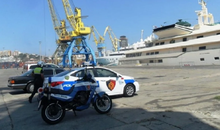
The absurd caricature of Mullet and Protopapa by social realism
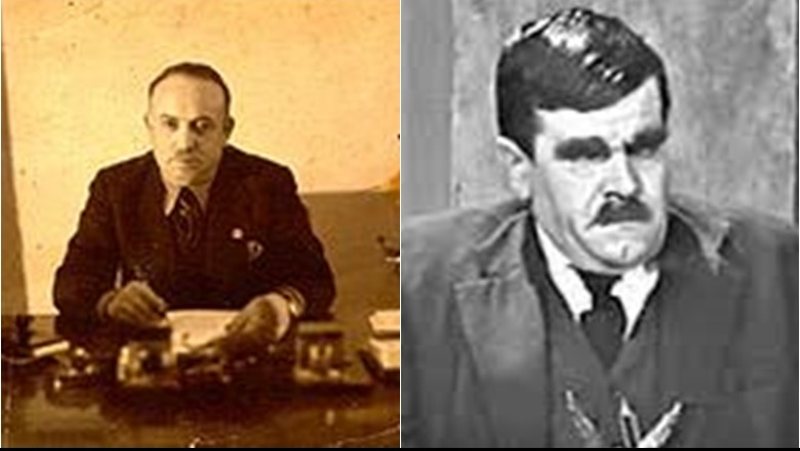
Eduard Zaloshnja
The reappearance on stage of the social realist comedy "Prefect" irritated an old wound in the descendants of Qazim Mulleti. As the social realist film "The Eighth in Bronze" teases the descendants of Sali (Sejfi) Protopapa, whenever it reappears…
Qazim Mulleti was a sworn anti-Zogist intellectual, anti-communist, and obedient fascist. Sali (Sejfi) Protopapa was a sworn anti-Zogist, anti-communist, and anti-fascist intellectual. Both educated in the West. Both are extremely different from the cartoon characters in two of the longest-running works of Enverian social realism…
Qazim Mulleti
He completed his secondary education at the "Zosimea" gymnasium in Ioannina and then completed his higher studies at the French high school "Gallatasaraj" in Istanbul.
In 1914 he was one of the four adjutants of Prince Wid. They left together for Vienna, where he lived until 1920. During his stay in Vienna, with the direct intervention of the Austrian Marshal Trolman, who covered the Balkan region, Qazim Mulleti continued additional specialization studies in the field of military war diplomacy. He was a polyglot, knew Turkish, Arabic, German, French, Italian, Latin, Greek, and Serbo-Croatian.
In 1920, he participated in the Lushnja Congress. The government that emerged from the Lushnja Congress was prevented from going to Durrës, where it was supposed to exercise its functions. With the intervention of Qazim's uncle, as well as Abdi Toptan and Qazim Mullet himself, the government was provisionally placed in Tirana. Many Tirana patriots opened their homes to the new government. (A Mullet house became the first Ministry of Agriculture).
In September 1920, Qazimi was the Commander of the Voluntary Forces against Serbia. On April 25 - May 3, 1921, he participated in the Congress for National Unity in Vlora, as a representative of Tirana, in which the patriotic society "Vllaznia-Zgjimi" functioned, together with Hafiz Ibrahim Dalliu and Musa Maçi, as representatives of the society. "Lidhja Kombëtare", as well as with Avni Rustemi of the company "Bashkimi".
In May 1924, he was part of a commission of demonstrators who met with Prime Minister Vërlaci, who demanded serious measures to uncover and punish the conspirators in the murder of Avni Rustemi. In the government of Fan Noli, he served as prefect in Debar. After the failure of Noli's government, he left Albania.
He took part in the organization of the assassination attempt on King Zog in 1931, in the Austrian capital, standing behind Ndokë Gjeloshi and Aziz Çami, to eventually defend them. After the bullets were fired, confusing Major Llesh Topallaj with the king and wounding Eqrem Libohova, Mulleti dropped his weapon and hid in the newly formed crowd. Later, in a trial in Tirana, Mulleti was sentenced to death in absentia. Afterward, he left for Paris.
In June 1939, he returned to Albania and was elected mayor of Tirana until the end of 1940. Many projects started in Zog's time, such as the university building, the colonnades (today the Museum of Archeology), the Academy of Arts, where at that time the opera was established, the Prime Ministry, and the hotel "Dajti" took over in the time of Mayor Mulleti. Fountains and public baths were built, and the cemetery was removed from the city center.
In 1944, with the advance of the communists towards Tirana, he left Albania.
Sali (Sejfi) Protopapa
Born and raised in a fanatical and extremely anti-Zogist family, he eventually went to study at the University of Perugia. In early 1943, he dropped out of university to fight at home against fascism (collaborating with friends in his hometown, such as Kristaq and Margarita Tutulani). With the declaration of fratricidal war by Enver Hoxha, he joined the ranks of Balli Kombëtar, where he initially worked as Deputy. Editor-in-Chief of the ballistic newspaper Flamuri. He later became the commander of a ballistic gang that fought both the Communists and the Nazis. (At that time the fact that he executed a ballista because he had stolen a lamb from the ordinary villagers caused a commotion).
At the end of 1944, he went to Italy, and after two years emigrated to the USA. There he studied nuclear physics at Rutgers University, and later defended his Master's degree at the University of California. He worked for 10 years at the Los Alamos Nuclear Laboratory, where he was part of the group that invented the hydrogen bomb. He then worked until he retired to the Department of Transportation, in the directorate of studies on satellite air transport communications.
Epilogue
Do these two historical characters have any resemblance to the absurd cartoons that have appeared in the aforementioned "works" of Enverian social realism?
They were clearly conspiratorial anti-communist intellectuals, but not rude and ridiculous people, as portrayed by social realism
Latest news



Iran and Israel exchange new attacks, Tehran rejects talks with the US
2025-06-21 12:00:20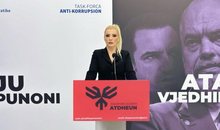
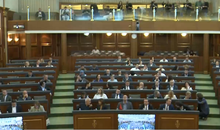
The impasse continues, the constitution of the Assembly fails for the 35th time
2025-06-21 11:14:23

Report: Cadastre ignores Parliament and ALSAI recommendations
2025-06-21 10:35:59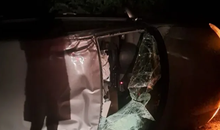
Car loses control on Tepelena-Kelcyrë road, driver injured
2025-06-21 10:14:47
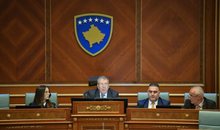
It failed 34 times, today a new attempt to constitute the Kosovo Assembly
2025-06-21 09:37:02
Foreign exchange, June 21, 2025
2025-06-21 09:17:10


With temperatures up to 35 degrees, check out today's weather forecast
2025-06-21 08:15:54
Morning Post/ In 2 lines: What mattered yesterday in Albania
2025-06-21 07:58:20
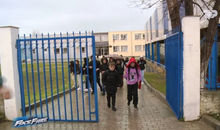

Dance with the mask of evil
2025-06-20 21:11:50
Matura 2025, Albanian Language and Literature exam grades published
2025-06-20 20:40:37
Tabaku: Albania has African wages and European prices
2025-06-20 20:33:02
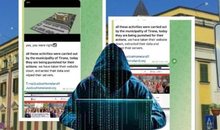

UK temporarily withdraws embassy staff from Iran
2025-06-20 19:16:02
How Albania became the country with the highest cost of living
2025-06-20 18:49:11


Hail and strong storm "grab" Belshi
2025-06-20 17:35:56
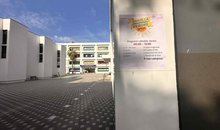
School closures increase parents' financial burden during the summer
2025-06-20 16:49:19
KAS dismisses SP over vote revaluation
2025-06-20 16:34:02


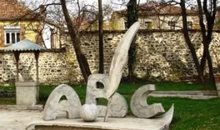
Albanian language included in official communications of New York public schools
2025-06-20 15:08:35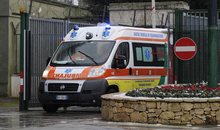
Accident in Italy, 46-year-old Albanian dies (NAME)
2025-06-20 14:50:50
Kosovo in electricity crisis, KESCO appeals to citizens: Save electricity!
2025-06-20 14:29:55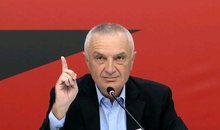
Meta: Disinformation against me, a product of government propaganda!
2025-06-20 14:08:44
The American obsessed with Albania, a country he would write an anthem for
2025-06-20 13:39:41
Berisha: SPAK is throwing candy to protect Gys Agas and Rama!
2025-06-20 13:30:02
"Elections an electoral crime"/ Berisha warns of protests at home and abroad
2025-06-20 13:09:59


Reported missing a day ago, elderly man found dead in Peqin
2025-06-20 12:19:21
Drug gangs in Tirana cracked down, 24 arrested, 8 wanted (NAMES)
2025-06-20 11:57:38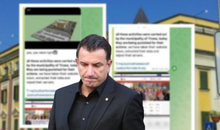


You win the elections like Edi Rama - but justice won't allow you in Switzerland
2025-06-20 11:10:28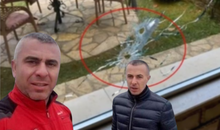
Bullets fired at Arjan Ndoji's former driver's bar, 15 shells at the scene
2025-06-20 10:48:02
Vokshi reports Vilma Nushi to SPAK, files lawsuit for "Check Up"
2025-06-20 10:31:54
Requests release from prison, hearing for former president Meta ends today
2025-06-20 10:15:50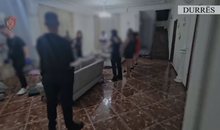

Bullets fired at a bar in Fushë Krujë, police surround the area
2025-06-20 09:34:34



Foreign exchange, how much foreign currencies are bought and sold today
2025-06-20 08:40:20

Clear skies and cloudy skies, today's weather forecast
2025-06-20 08:00:26
Morning Post/ In 2 lines: What mattered yesterday in Albania
2025-06-20 07:50:05
Noka reveals Rama's condition for Veliaj to resign
2025-06-19 22:53:43
Vote recount in Tirana, Kaso: We did not have the 14th mandate as our objective
2025-06-19 22:44:53




Noka: Policemen were running from morning to night for SP votes
2025-06-19 21:31:03
The three zodiac signs that will be disappointed in love this month
2025-06-19 21:18:48
Accused of murder due to blood feud, 48-year-old arrested in England
2025-06-19 21:06:57
Vasili releases video: Tirana-Kashar segment full of gravel, no workers around!
2025-06-19 21:00:48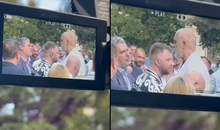

Tirana without a coach, four names considered for the white-and-blue bench
2025-06-19 20:21:12
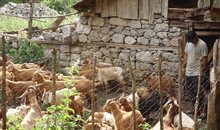
Rinderpest/ A new outbreak appears in Shkodra, 200 sheep affected
2025-06-19 20:01:50

Scientists raise the alarm: Earth risks exceeding the 1.5°C warming limit!
2025-06-19 19:37:44

"Fiscal Peace" without consultation with the EU, Brussels concerned
2025-06-19 19:05:23
Trump signs executive order extending TikTok ban in US for another three months
2025-06-19 19:03:35
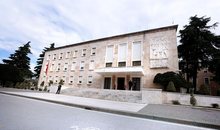
A special Task Force on immigration is established in cooperation with Italy
2025-06-19 18:23:58
Drug trafficking gang busted in Italy, 25 people arrested, including Albanians
2025-06-19 18:18:33
AMF denounces a suspicious cryptocurrency investment platform
2025-06-19 18:06:07


Technology as a tool of war between Israel and Iran
2025-06-19 17:27:54

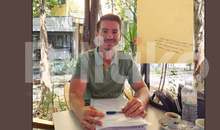


EU divided over Israel's right to bomb Iran
2025-06-19 16:10:42

Analysis/ How is Russia spreading propaganda in the Albanian language?
2025-06-19 15:49:18
Session in the Criminal Court, MP Qani Xhafa is fined
2025-06-19 15:33:30
Members of criminal organizations! 3 Albanians extradited from Dubai today
2025-06-19 15:20:04

Lufta/ Zelenskyy bën thirrje për rritjen e presionit ndaj Rusisë
2025-06-19 14:56:02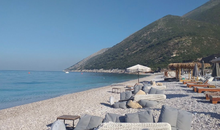

Netanyahu warns Iran after attacks on Israeli hospital
2025-06-19 14:34:53
